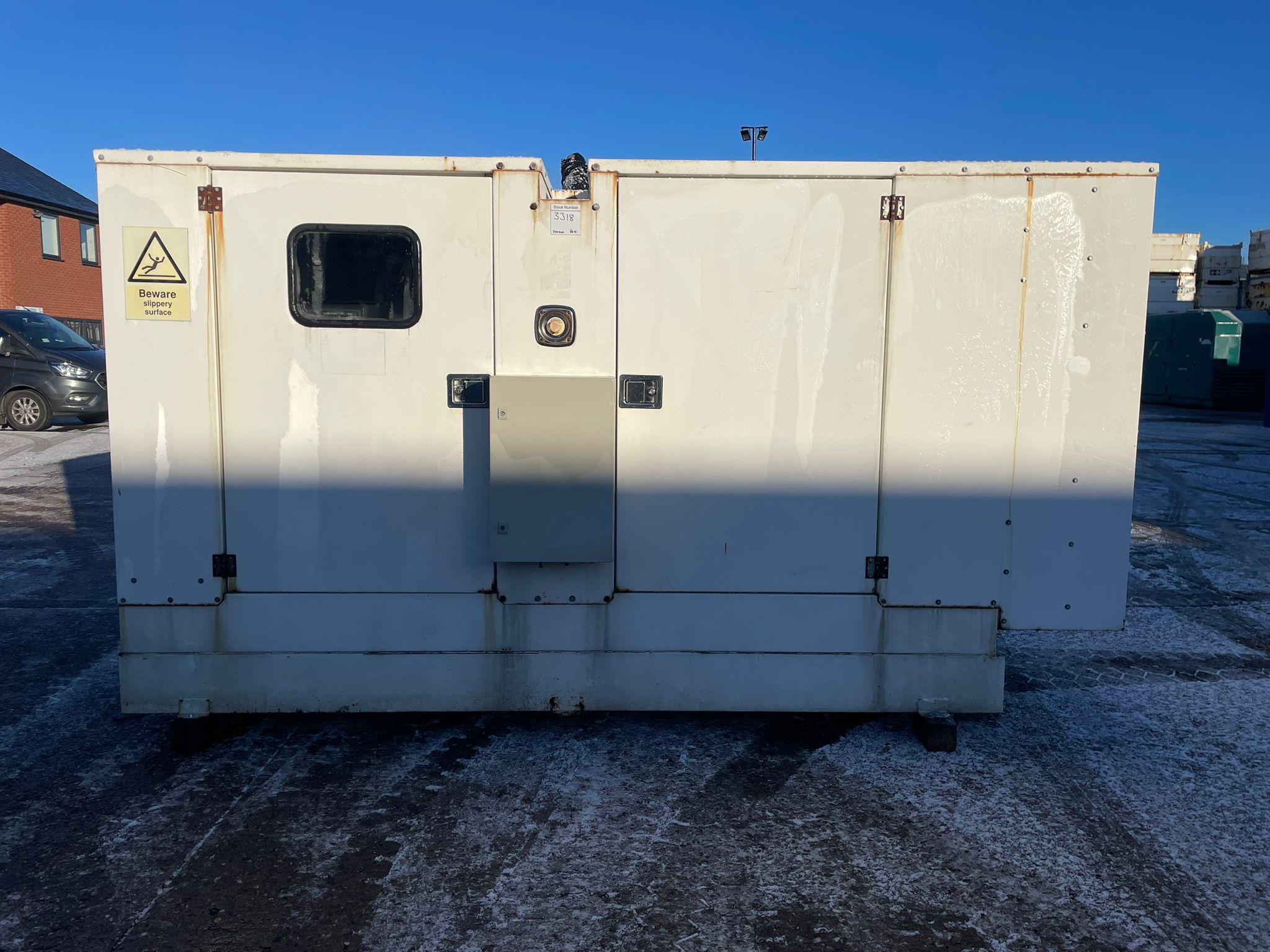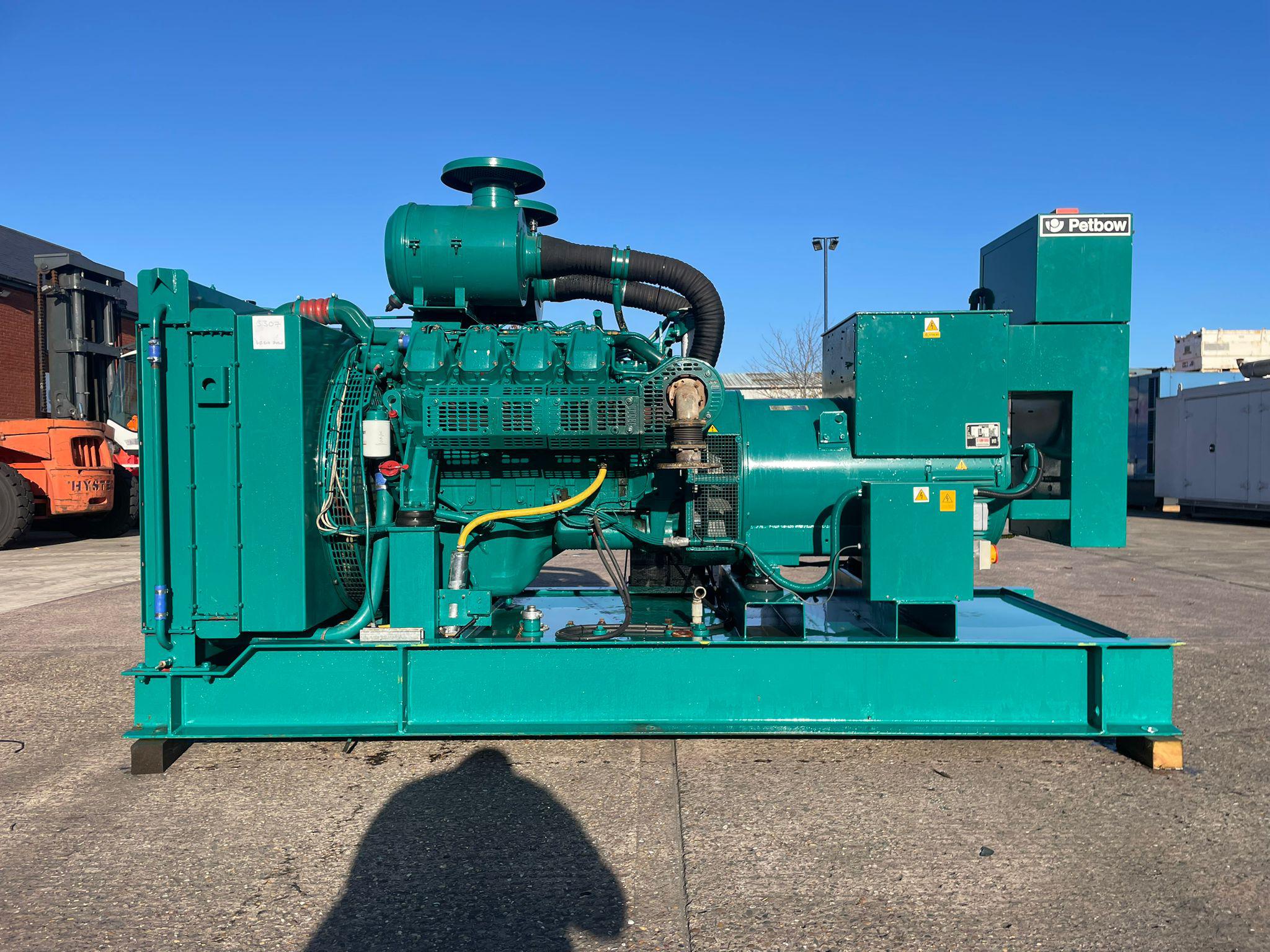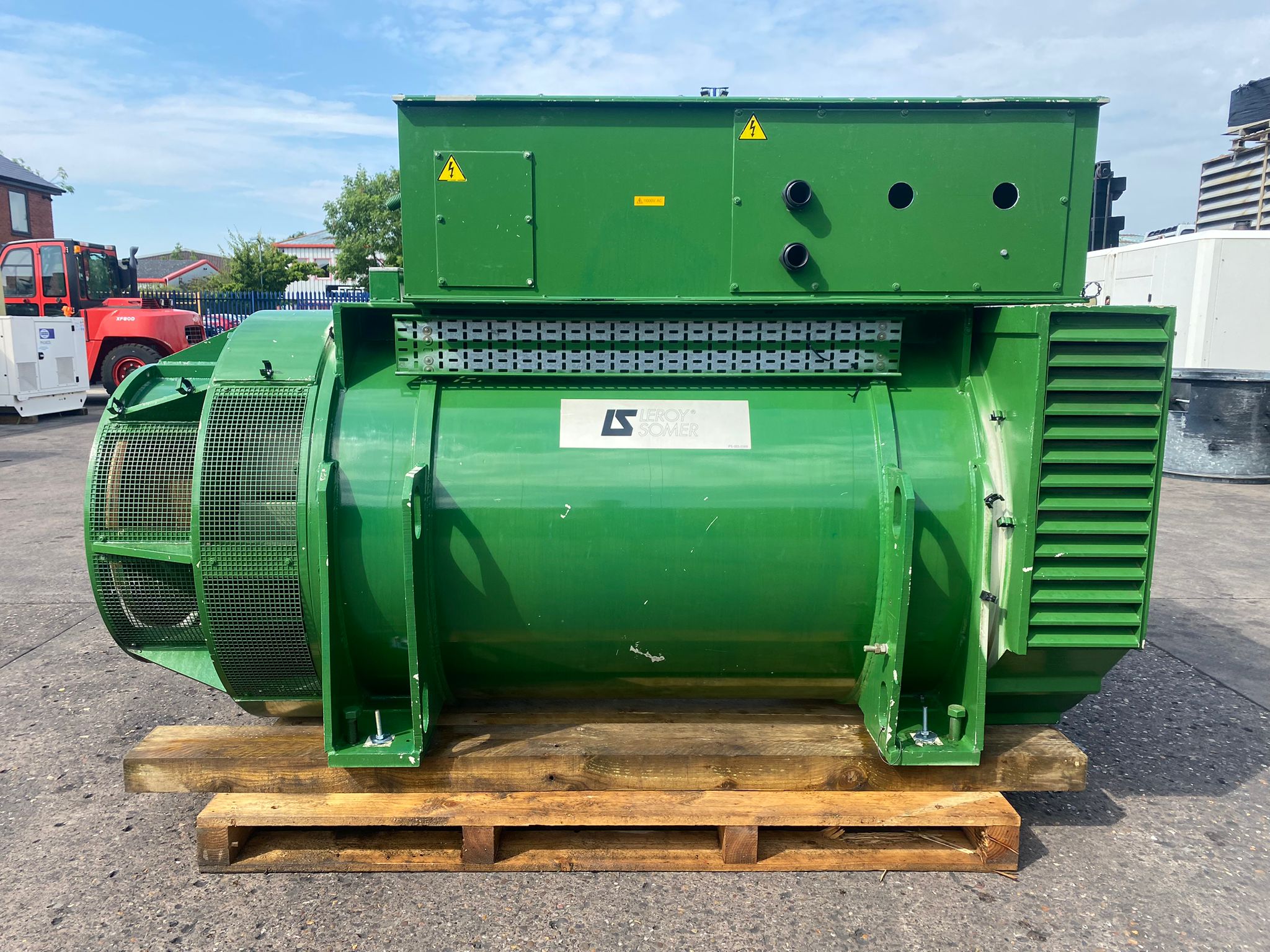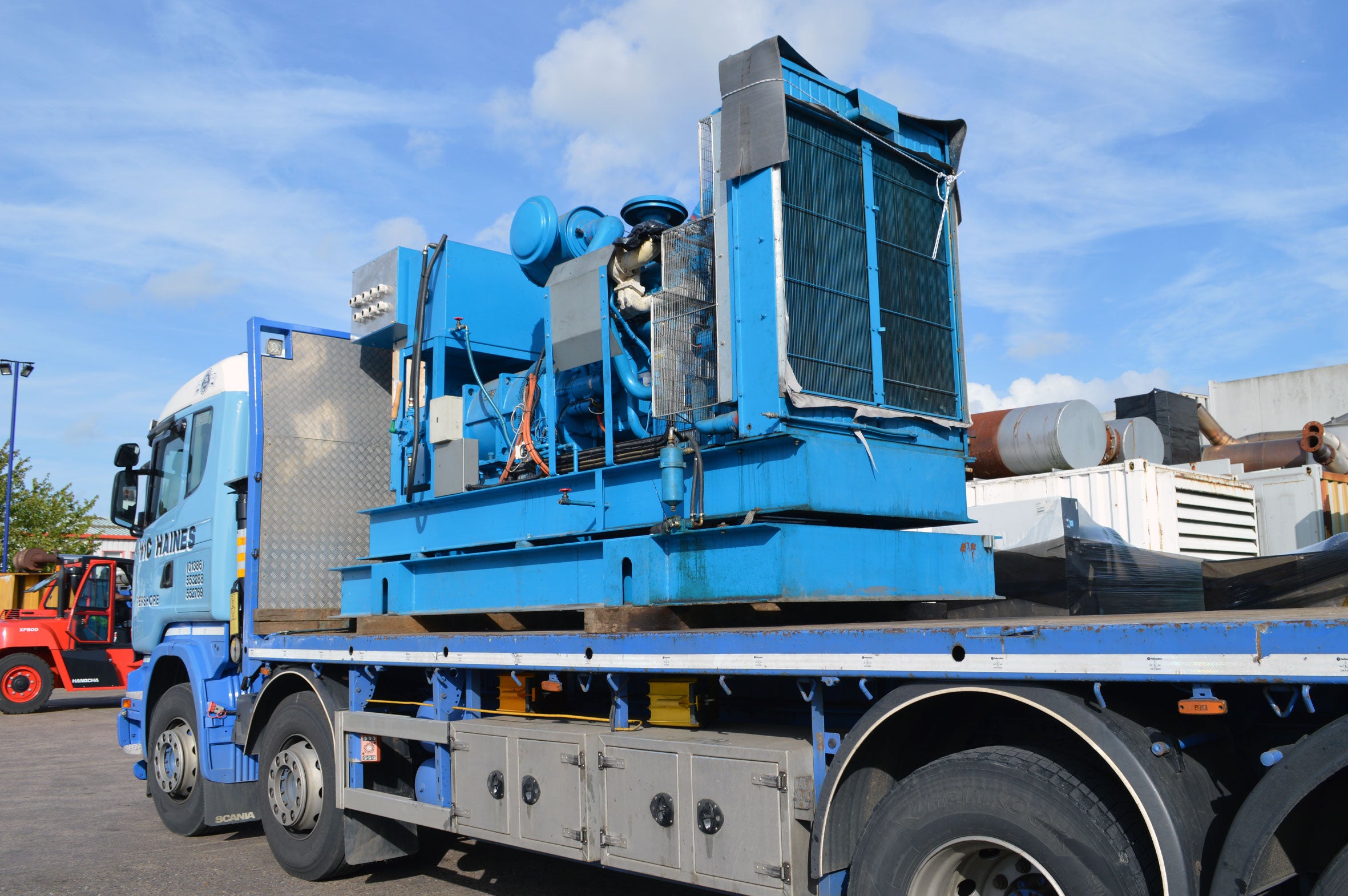Find the Perfect Generator Size for Your Home Or Business
Our kVA calculator helps you determine the right generator size for your home or business. By selecting the required phase, entering the Amps and voltage, the tool calculates the corresponding prime kVA rating. Based on this, it will recommend the ideal generator size for your needs. This allows you to quickly assess your power requirements and select the perfect generator from our website.
How to use the Prime kVA Calculator

Step 1:
Select either single phase or three phase from the drop down.

Step 2:
Enter the maximum peak Amps required on site. How do I know my required peak amps?

Step 3:
Enter the Voltage required. How do I know my required Voltage?

Step 4:
You now know the size of prime generator you require! Explore our Used Diesel Generators.
kVA Calculator
The kVA calculator uses a 0.8 power factor and is intended as a general guide. It should not replace professional advice. For precise calculations or specific applications, we recommend consulting a qualified electrician. If you have any questions or need assistance, contact the Generators For Export team—we're here to help!
How to Calculate Prime kVA for 3-Phase Generators
Use this straightforward formula to determine the prime kVA size for your generator. This formula calculates the prime kVA for a 3-phase generator. It considers the generator's current (Amps), voltage, and the square root of 3 (approximately 1.732), which is used as the power factor for 3-phase systems. Understanding the kVA to Amps and Amps to kVA relationship helps you accurately size your generator and ensure it delivers the right power output for your application.

Amps × Voltage × 1.732 ÷ 1000 = Prime kVA
Here’s how it works:
- Multiply the current (Amps) by the voltage to calculate total power.
- Multiply the result by 1.732 to adjust for the 3-phase configuration.
- Divide by 1000 to convert the value into kVA (kilovolt-amperes).
This calculation helps accurately determine a generator's capacity to supply power under prime (continuous) load.
How to Calculate Prime kVA for Single-Phase Generators
Follow this simple formula to find the prime kVA size for your single-phase generator. This formula calculates the prime kVA for a single-phase generator. It uses the generator's current (Amps) and voltage.

Amps × Voltage ÷ 1000 = Prime kVA
Here’s how it works:
- Multiply the current (Amps) by the voltage to find the total power in watts.
- Divide the result by 1000 to convert the value from watts to kVA (kilovolt-amperes).
This straightforward calculation helps determine the generator's capacity to supply power under prime (continuous) load in a single-phase setup.
All kVA Categories
Used Diesel Generators


























Frequently Asked Questions
To determine your maximum peak Amps, start by checking the rating of your incoming fuse, as it provides an estimate of the maximum current your system can handle. For a more accurate reading, it’s recommended to consult an electrician. An electrician can install a load meter on your incoming supply to give you a precise load profile, allowing for a clearer understanding of your peak Amps.
To determine the voltage coming into your home or business, you can start by checking your electrical panel or meter, where the voltage information is often labelled. Most residential properties in the UK operate on a single-phase 230V supply, while businesses may have a three-phase 400V supply for larger equipment. For accuracy, use a multi-meter to measure the voltage at an outlet or consult your utility provider or a qualified electrician for confirmation. Identifying the voltage is essential for selecting compatible electrical equipment, including generators, to ensure safe and efficient operation.
Identifying the correct size generator is crucial to ensure it meets your power requirements without overloading or underutilizing the unit. An undersized generator can struggle to handle the electrical load, leading to performance issues, equipment damage, or even complete failure during critical operations. On the other hand, an oversized generator can result in unnecessary fuel consumption, increased operating costs, and inefficiencies. By accurately assessing your power needs, including peak and standby loads, you can choose a generator that operates efficiently, reliably, and safely, maximizing both its lifespan and your investment.
To calculate kVA from watts, you need to know the power factor:
kVA = Watts ÷ (Power Factor × 1000).
For example, if you have 10,000 watts and a power factor of 0.8, the calculation would be:
kVA = 10,000 ÷ (0.8 × 1000) = 12.5 kVA.
Several factors affect kVA calculations, including:
- Voltage and Current: Variations in these directly impact kVA.
- Power Factor: A low power factor increases apparent power (kVA).
- System Configuration: Single-phase or three-phase systems require different formulas.
- Load Type: Reactive loads, such as motors, influence the power factor and, in turn, kVA.
- Measurement Accuracy: Inaccurate data for amps, voltage, or power factor can result in incorrect kVA values.
Yes, kVA prime can be calculated manually using simple formulas. For single-phase systems, the formula is:
kVA = Amps × Voltage ÷ 1000.
For three-phase systems, it’s:
kVA = Amps × Voltage × 1.732 ÷ 1000.
Manual calculations require accurate measurements of current, voltage, and the power factor (if needed).
Automated kVA calculators are generally accurate when the inputs, such as voltage, current, and power factor, are precise. However, their accuracy depends on user-provided data, so errors in input can result in incorrect calculations. They are a useful tool but should be verified when precision is critical.
kVA (kilovolt-amperes) represents the apparent power, which includes both active (usable) power and reactive power. kW (kilowatts), on the other hand, is the actual usable power. The difference is due to the power factor (efficiency) of the system, with the formula:
kW = kVA × Power Factor.
Generator efficiency is vital because it directly impacts fuel consumption, operational costs, and environmental footprint. An efficient generator converts fuel into electricity with minimal waste, ensuring you get the most power output for every unit of fuel used. This reduces running costs, especially for long-term or heavy-duty applications. Additionally, efficient generators emit fewer pollutants, aligning with environmental regulations and sustainability goals. Prioritising efficiency helps ensure reliable performance while optimising overall cost-effectiveness and minimising environmental impact.
Any Questions?
If we still haven't answered your question, you can contact us below and we will get back to you as soon as possible.





